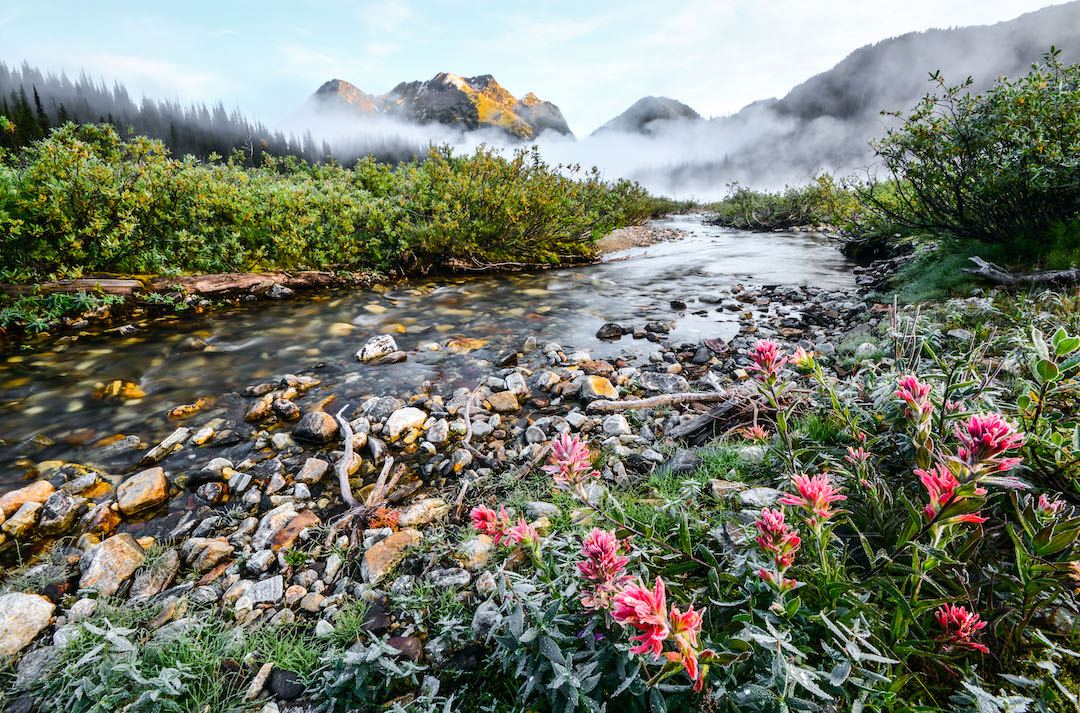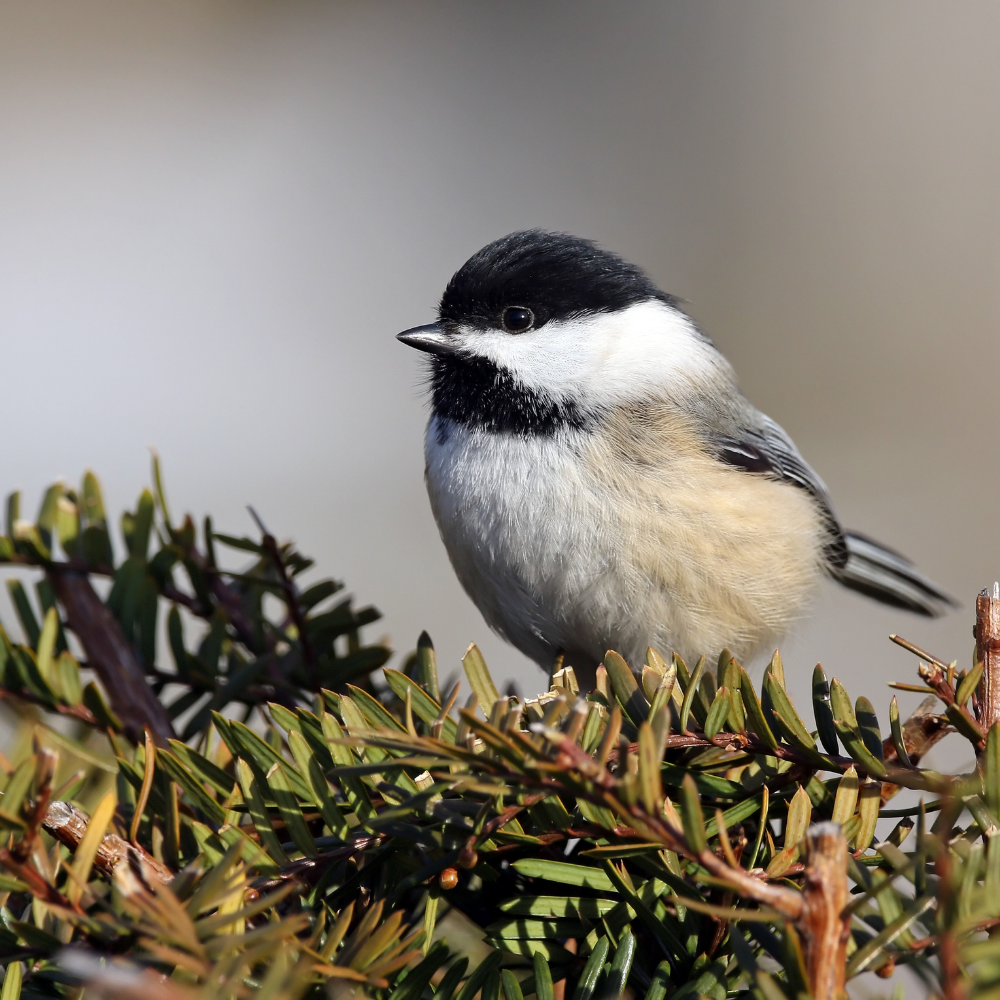Discover the abiotic and biotic components of your local ecosystem.
PURPOSE
Students apply their knowledge of abiotic and biotic characteristics through art in a local ecosystem and discuss human impacts.
GRADE LEVELS
7-9
TIME NEEDED
1 hour

SKILLS DEVELOPED
Managing information
Creativity and innovation
Critical thinking
MATERIALS NEEDED
Notebook
Writing utensil
Clipboard (optional)
Instructions
Part 1
Sit away from others by yourself and take a notebook, draw a dot in the middle of the page. The dot represents you and the space around it represents the area you are surrounded by.
With eyes closed, begin to draw symbols of sounds which you hear surrounding you. If a bird is chirping behind you to the left you will draw a symbol behind your dot to the left, guessing the approximate distance items/things are away.
Symbols can be anything but it is recommended they are connected to the sounds in some way. For instance, if you hear a bird sing you can put a music note. Or if you hear a car drive past you may draw a wheel. Continue this for your desired amount of time. Create a legend of what each symbols means on the paper.
Part 2
If in a group, share your maps, symbols and discuss the following questions:
What sound(s) stood out the most to you? Why?
Which sounds that you observed were abiotic (non-living)?
Which sounds were biotic (living)?
Are the sounds we recorded a complete representation of all the abiotic and biotic characteristics in this ecosystem? Why or why not?
What are some examples of abiotic/biotic characteristics that we could not hear? (e.g., soil, sun, etc.?)
Part 3
These maps could be used to make inferences about local species abundance and reflect on the environmental impact of human activities in your area. Lead a discussion around the abundance, or lack there of, of wildlife sounds in your ecosystem and what changes could be made (physically or behaviourally) to increase wildlife sounds, etc.
More Bring Nature Home for Teachers
Bring Nature Home is our online database of tried-and-tested CPAWS Southern Alberta activities! Here are some ways that you can bring nature home (or to the classroom) today!

Winter Count

Climate Change and Anxiety

